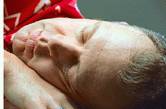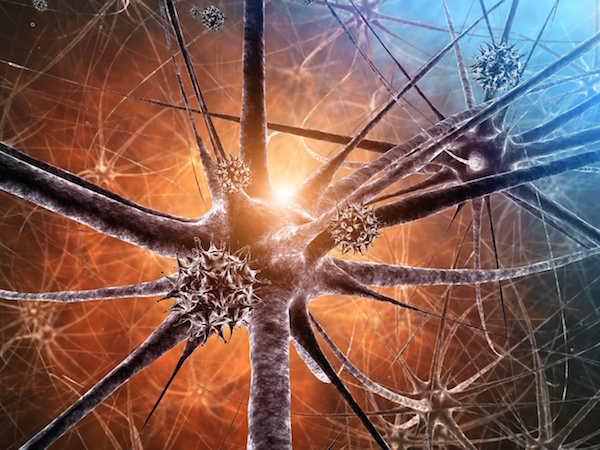
THURSDAY, April 4 (HealthDay News) — Talk about mind reading. Researchers have discovered a potential way to decode your dreams, predicting the content of the visual imagery you’ve experienced on the basis of neural activity recorded during sleep.
Visual experiences you have when dreaming are detectable by the same type of brain activity that occurs when looking at actual images when you’re awake, the small new study suggests.
The scientists created decoding computer programs based on brain activity measured while wide-awake study participants looked at certain images. Then, right after being awakened from the early stages of sleep, the researchers asked the subjects to describe the dream they were having before being disturbed.
The researchers used functional MRI to monitor brain activity of the participants and polysomnography to record the physical changes that occur during sleep. They compared evidence of brain activity when participants were awake and looking at real images to the brain activity they saw when participants were dreaming, when they were in light — or early — sleep. Functional MRIs directly measure blood flow in the brain, providing information on brain activity.
Published April 4 in the journal Science, the study shows it may be possible to use brain activity patterns to understand something about what a person is dreaming about, according to Yukiyasu Kamitani, lead author and head of neuroinformatics at ATR Computational Neuroscience Laboratories, in Kyoto, Japan.
“Our current approach requires the data of image viewing and sleep within the same [person],” Kamitani said. “But there are methods being developed for aligning brain patterns across people. It may become possible to build a decoder that works for different people with a small amount of data for calibration.”
While the research may conjure up images of science fiction movies — such as aliens from another planet finding a way to reveal our most private mental activities — there are practical applications to the research, Kamitani said.
“There is evidence suggesting that the pattern of spontaneous brain activity is relevant to health issues, including psychiatric disorders,” Kamitani explained. “Our method could relate spontaneous brain activity to waking experience, potentially providing clues for better interpretations of [brain activity].”
The research involved only three participants, who, over seven or 10 sleep “experiences,” were awakened and asked for a visual report a minimum of 200 times each.
The authors gave an example of what a study participant said when awakened: “Yes, well, I saw a person. It was something like a scene. I hid a key in a place between a chair and a bed, and someone took it.” Researchers then compared the participant’s description to the functional MRI activity pattern before awakening. This pattern was put through a machine learning decoder assisted by vocabulary and image databases. The system’s prediction identified a man, a key, a bed and a chair, which compared closely to the participant’s immediate report.
The researchers chose to awaken the subjects in light sleep rather than in deeper “rapid eye movement” (REM) sleep solely to make the research easier to do. Kamitani said that because it takes at least an hour to reach first REM stage, it would be difficult to get sleep and dream data from multiple participants. “REM dreams may contain richer contents, so we are interested in decoding REM dreams in the future,” he said.
Although this study doesn’t help identify why people dream, it could potentially be useful in advancing understanding, Kamitani said. “I believe our method may provide a tool for investigating what is the function of dreaming.”
As to why it is so hard to remember a dream minutes after waking up, Kamitani said he thinks it is because particular neurotransmitters or brain regions involved in memory are not active during sleep. But he hopes his research will help explain.
“During sleep and dreaming, part of the brain — the higher visual cortex — is working as if seeing images,” he said. “Since the contents of a verbal report were predicted only from brain activity immediately before awakening — zero to 15 seconds before — [it may be that we] only remember contents related to brain activity [we experience] immediately before we wake up.”
While one expert said the results are intriguing, he was cautious. “The results are interesting, but in view of previous disappointments relating brain activity to complex visual experience, one would like to see this replicated,” said Dr. Irwin Feinberg, a professor emeritus at the University of California, Davis.
Feinberg emphasized that the research was not designed to determine a cause-and-effect relationship. “It’s a correlation of brain activity and visual experience, largely statistical and purely by association,” he said. “It does not shed light on the function of sleep or the function of dreaming within sleep.”
But Feinberg said the researchers’ focus on non-REM sleep is interesting and valuable. “Non-REM sleep constitutes 75 percent of our sleep; REM is only 25 percent. Nature knows what it needs, so the fact that non-REM occupies such a large percentage and occurs first suggest that it is of far greater importance than is REM.”
More information
Learn more about dreams and sleep from the National Sleep Foundation.

